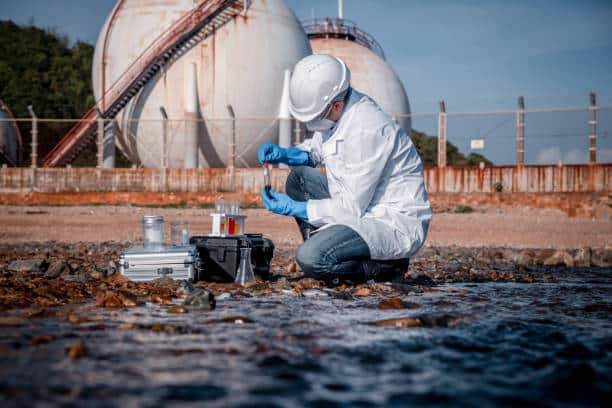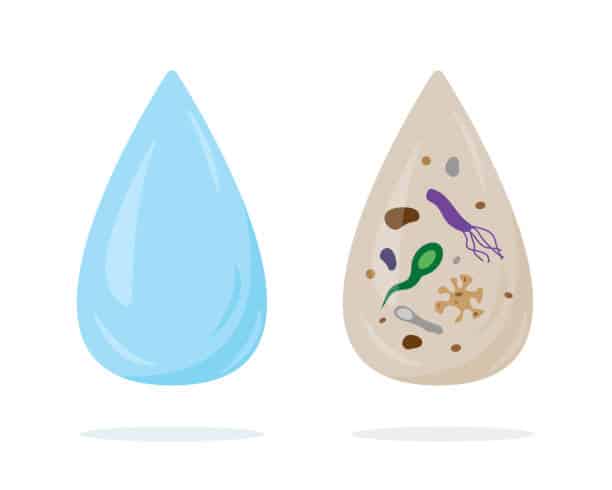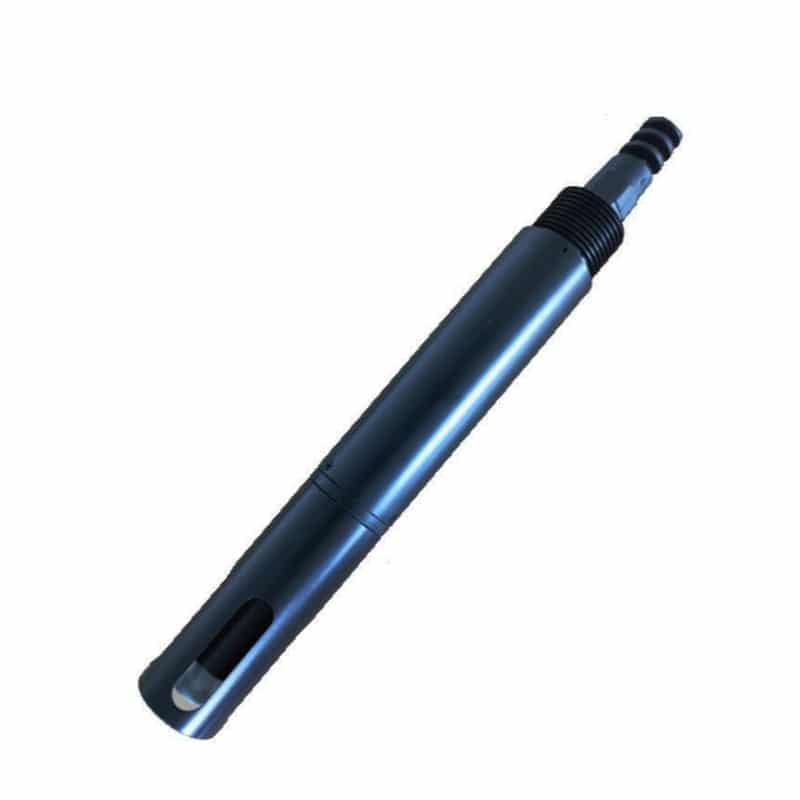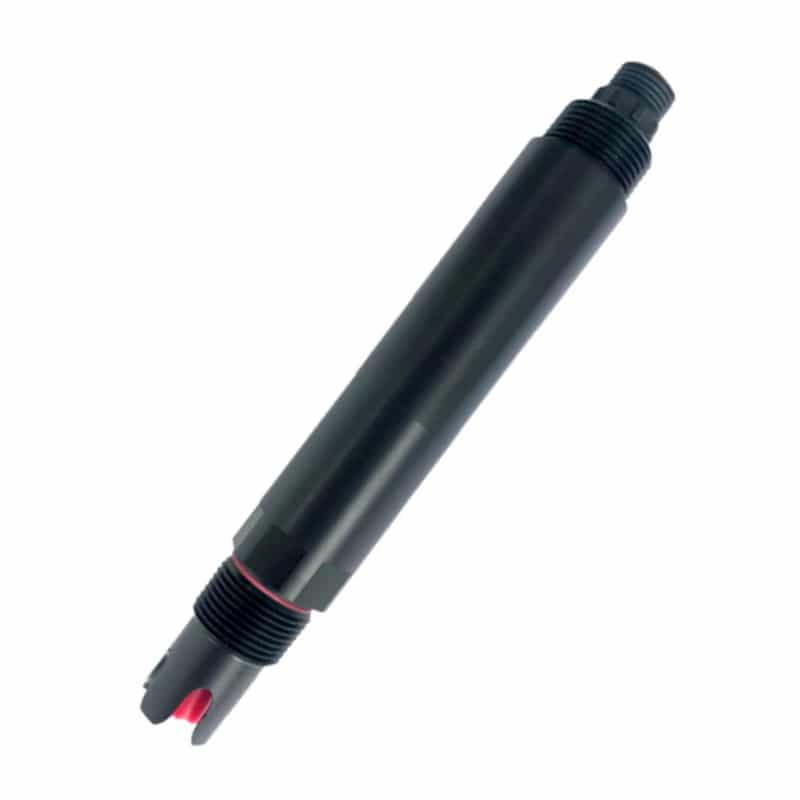What is water contamination?
Water contamination refers to the presence of harmful, foreign or impure substances in a body of water. These substances may be introduced by man or may be naturally occurring, thus affecting the quality and purity of the water. Water pollution can come from a variety of different sources, including industrial wastewater, agricultural discharges, municipal sewage, chemicals, waste discharges, illegal dumping, and others.
Water contamination can have serious impacts on ecosystems, human health, and areas such as water supply and agriculture. It can lead to degradation of water quality, affect the sustainability of water sources, and may cause environmental and health problems. Common water pollution problems include heavy metal contamination, organic pollutants, bacterial and viral contamination.
In order to protect water resources and maintain environmental health, monitoring, prevention and treatment of water contamination are very important. Governments, environmental protection agencies, and all sectors of society are striving to take measures to reduce water contamination and ensure the sustainable development of human and natural ecosystems.

Difference between water contamination and water pollution
There is a subtle difference between the terms “water contamination” and “water pollution“, but they are usually used interchangeably when discussing water quality issues. Here are the differences:
Meaning
“Water contamination” refers to the presence of impure or harmful substances in water, resulting in contaminated water.
“Water pollution” refers to the presence of harmful substances or other pollutants in a body of water that adversely affects the environment and living organisms.
Scope
“Water contamination” places greater emphasis on the effects on the physical and chemical composition of a body of water, such as the presence of chemicals, microorganisms or other impurities.
“Water pollution” is broader and may include effects on ecosystems, biodiversity and human health, in addition to the quality of the water itself.
Scenarios of use
“Water contamination” may be more commonly used to describe the exposure of an individual water source or body to a specific pollution event.
“Water pollution” is often used more broadly to discuss pollution of an entire body of water or area, and may include multiple sources or types of pollution.
In general, “water pollution” is a broader concept that can be used to describe any contamination of a body of water, while “water contamination” is more focused on describing the presence of specific hazardous substances in a body of water. In practice, the two terms are sometimes used interchangeably, but which one is used depends on the need to describe the level of pollution.

Impact of water contamination on water bodies
Water contamination is the presence of chemicals, microorganisms, or other impurities in a water body that exceed normal water quality standards and adversely affect the physical and chemical composition of the water body. The following are the effects of water contamination on water bodies.
Chemical effects
Accumulation of Harmful Substances: Toxic substances such as heavy metals and organic pollutants enter the water body, and their long-term accumulation may jeopardize the ecosystem and human health.
Disruption of water chemistry balance: Pollutants may alter the pH, hardness, and other characteristics of a water body, affecting the chemical balance of the water and affecting aquatic organisms and ecosystems.
Below is a comprehensive table on monitoring of water chemistry parameters, which includes the previously mentioned standard parameters as well as other common water chemistry parameters, along with their standard ranges and commonly used monitoring instruments.
| Parameter | Standard Range | Monitoring Instrument |
| pH | 6.5 – 8.5 | pH meter (A10 Aquarium ORP pH Controller) |
| Temperature | – | Thermometer (WSS Temperature Bimetal Thermometer) |
| Dissolved Oxygen (DO) | > 5 mg/L | DO meter (A10 Optical Dissolved Oxygen Meter) |
| Conductivity | < 800 µS/cm | Conductivity meter (A10 EC Electrical Conductivity Meter) |
| Total Dissolved Solids (TDS) | < 500 mg/L | TDS meter (A30 Digital TDS EC Meter) |
| Total Suspended Solids (TSS) | < 50 mg/L | Turbidity meter (TS-620 Turbidimeter Online Turbidity Meter) |
| Total Organic Carbon (TOC) | – | TOC analyzer |
| Nitrate | < 10 mg/L | Spectrophotometer |
| Nitrite | < 1 mg/L | Spectrophotometer |
| Phosphate | < 0.1 mg/L | Spectrophotometer |
| Sulfate | < 250 mg/L | Ion chromatograph |
| Total Coliform | Absence | Coliform test kit |
| E. coli | Absence | E. coli test kit |
| Turbidity | < 5 NTU | Turbidity meter |
| Chemical Oxygen Demand (COD) | < 30 mg/L | COD analyzer (COD-208 UV Cod Sensor) |
| Biochemical Oxygen Demand (BOD) | < 5 mg/L | BOD analyzer |
| Heavy Metals | – | Atomic absorption spectrophotometer |
The two parameters, nitrate and nitrite, can also be monitored with the NO3-201 Digital Nitrate Nitrogen Sensor and the NO2-201 Digital Nitrite Ion Sensor.


Poisoning of water sources: Pollutants such as pesticides and fertilizers enter water bodies and contaminate water sources, threatening the safety of drinking water for humans and animals.
Microbiological effects
Disease transmission: The presence of microorganisms such as bacteria, viruses, parasites, etc. in the water body may lead to waterborne diseases and jeopardize human health.
Damage to aquatic organisms: Microbial pollution may lead to the death of aquatic organisms and ecological imbalance.
Other impurity effects
Increased turbidity: Suspended particles and impurities make the water turbid, affecting the transparency and visibility of the water.
Oxygen Consumption: Decomposition of organic pollutants consumes oxygen, causing a lack of oxygen in the water body and jeopardizing aquatic organisms. Parameters to be monitored:
| Parameter | Standard Parameter Range | Monitoring Instrument |
| Dissolved Oxygen Concentration | > 5 mg/L | Dissolved Oxygen Meter, Sensors |
| Distribution and Quantity of Biological Communities | Observe Abnormal Behavior, Changes in Species | Observation and Recording |
| Nitrate and Nitrite Concentrations | Low Concentrations | Chemical Analyzers, Reagents |
| BOD Value | Low Concentrations | BOD Analyzer, Chemical Analyzers |
| Bubble Rising Velocity | Observe Bubble Rising Velocity | Field Observation |
| Surface Fish Distribution, Aquatic Organisms Behavior | Observe Abnormal Phenomena | Manual Observation, Recording |
| Water Temperature, Color, etc. | – | Remote Sensing Satellites, Drones, Sensors, etc. |
Ecosystem damage: Pollutants affect photosynthesis, ecological chains, etc. in water bodies, causing damage to ecosystems.
Importance of water quality monitoring
Water quality contamination affects the ecological balance of water bodies, human health and economic development. Through water quality monitoring, we can detect pollution problems at an early stage, take measures to prevent the spread of pollution, and safeguard the sustainable use of water bodies and environmental health. Regular water quality monitoring is a key step in maintaining clean and safe water sources and helps to achieve sustainable water resource management and conservation.
Impacts of other water contamination
- Health risks: Contaminated water may cause waterborne diseases such as cholera, dysentery and gastrointestinal problems.
- Ecosystem impacts: Pollutants may damage aquatic ecosystems, harming fish, plants and other wildlife.
- Economic Costs: Water contamination may lead to increased health care costs and decreased agricultural productivity.
- Drinking water problems: Contaminated drinking water sources pose serious health risks to communities.
- Long-term consequences: Continued pollution can lead to long-term ecological and human health problems.

How to solve water contamination
Source control: The most effective way to control the discharge of pollutants is at the source. Measures should be taken by industrial and agricultural activities, wastewater treatment plants, etc., to limit the entry of harmful substances into water bodies.
- Laws, regulations and policy formulation: Establish and enforce strict environmental regulations and policies to limit the discharge of industrial wastewater and agricultural pollutants and encourage green production and circular economy.
- Pollution source identification and management: Identify major sources of pollution and take control measures, such as establishing industrial wastewater treatment facilities and improving agricultural management, through source tracing and pollution source analysis.
- Application of environmental protection technology: Promote cleaner production technology, promote low-pollution and high-efficiency production processes, and reduce the emission of harmful substances.
Water treatment technologies: The use of appropriate water treatment technologies, such as filtration, disinfection, sedimentation and coagulation, can effectively remove pollutants and microorganisms from water.
- Physical treatment: Removal of suspended particles, sludge and most microorganisms by physical methods such as filtration, precipitation and adsorption.
- Chemical treatment: application of chemical reactions such as oxidation, precipitation, neutralization, etc. to remove pollutants in water, such as heavy metals and organic compounds.
- Biological treatment: biological methods such as biodegradation and microbial purification are applied to degrade organic matter, nitrogen, phosphorus and other pollutants.
- Advanced treatment technology: including ozone oxidation, nanofiltration, ultrafiltration and other advanced water treatment technologies, which can effectively remove trace organic matter and dissolved substances.
Environmental monitoring: Establish a regular water quality monitoring system to detect and identify pollution problems in a timely manner so that appropriate countermeasures can be taken.
- Real-time monitoring system: establish monitoring stations and utilize online monitoring instruments to monitor the quality of water bodies in real time and detect anomalies at an early stage.
- Data Analysis and Early Warning System: The monitoring data will be analyzed and an early warning system will be established to predict changes in water quality in a timely manner and take measures to avoid the spread of pollution.
- Data Sharing and Disclosure: Enhance information transparency and provide water quality monitoring data to the public, prompting the government, enterprises and the public to jointly participate in water quality protection.
Summary
Water contamination is a critical issue that requires a concerted effort to protect our water resources and ensure a healthier future. By understanding the causes, effects and potential solutions to water contamination, we can work towards creating cleaner, safer water for future generations. Remember, every effort is critical in protecting this precious resource and preserving the well-being of the planet and its inhabitants.
Apure is committed to providing advanced instrumentation solutions to meet the challenges of water pollution worldwide. Our precision instruments for water quality analysis, flow meters, level measurement, pressure measurement, temperature measurement and ozone generators help you achieve accuracy and reliability in water quality monitoring and management. Feel free to contact us as our diverse product line continues to evolve in response to industry needs and help you address evolving water pollution issues.
